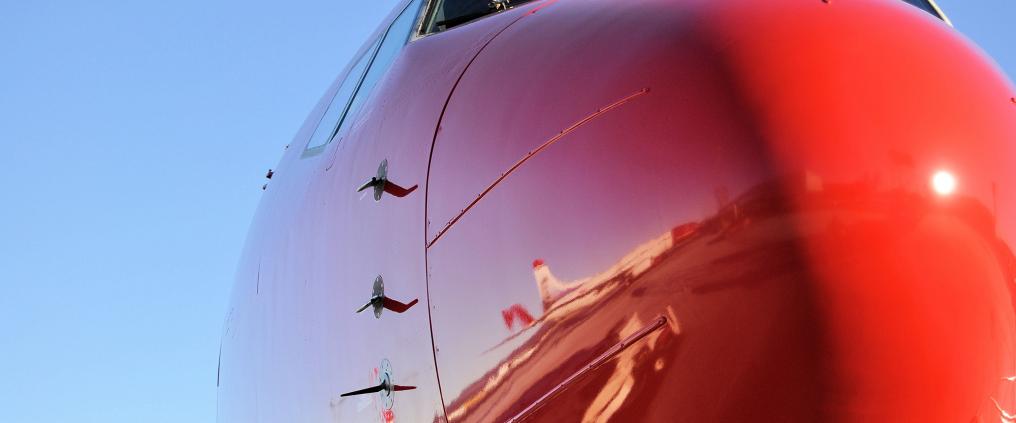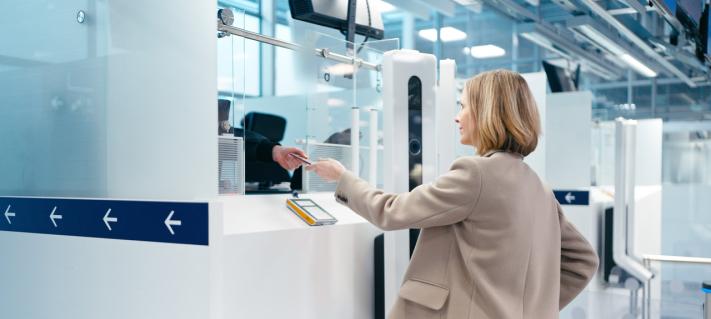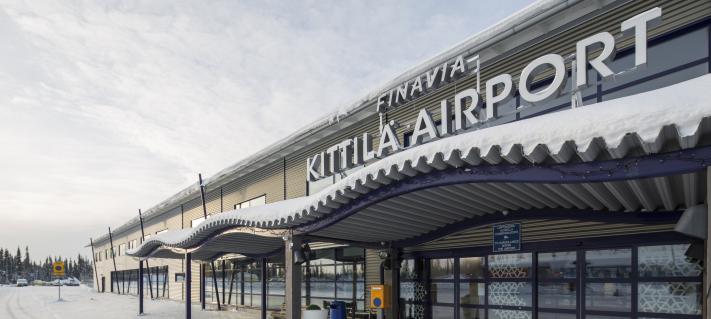'Average flight-ticket prices have been dropping in recent years, resulting in cost-efficiency becoming the greatest concern in all operations. But our actions can make only a limited impact on significant cost items such as fuel,' explains Petri Vuori, VP of Global Sales for Finnair.
He believes that there are other good ways for airlines to grab passengers' attention, including optional benefits for an extra fee, such as greater comfort on long-haul flights and new destinations.
Norwegian's Communications Manager Charlotte Holmbergh Jacobsson reckons that only competitive pricing can ensure success in these tough circumstances.
'This requires a lighter organisational structure and modern planes that consume considerably less fuel and don't need as much maintenance,' she says.
'One of Helsinki Airport's advantages is short transfer times, as little as 35 minutes,' Vuori adds.
Airport-fee competition
The share of airport service fees invoiced from airlines is some 4–10 per cent for European airlines.
For Finavia, the company running Finnish airports, traffic charges have been decreasing since 2004.
'In 2013, Helsinki Airport was the fourth cheapest major airport in Europe, and, in terms of fees related to transfer traffic, it was the most economical. This has an obvious positive impact on our competitiveness,' says Mikko Saariaho, Director of Communications for Finavia.
The price levels of other Finnish airports too are fairly economical in comparison to many countries'.



